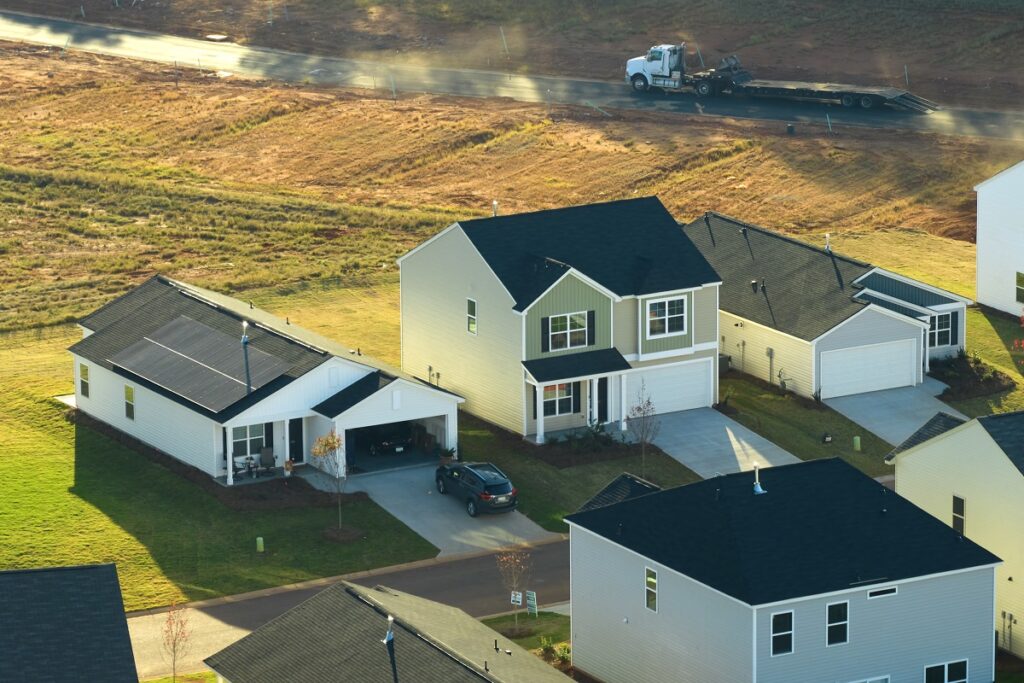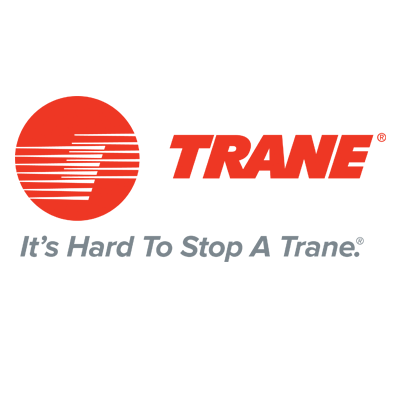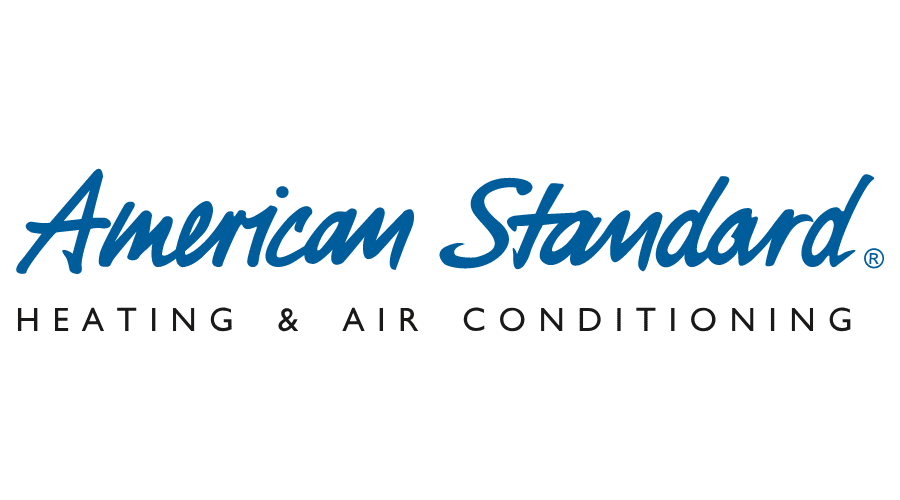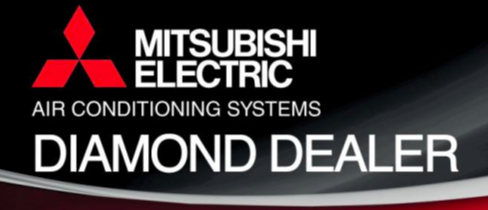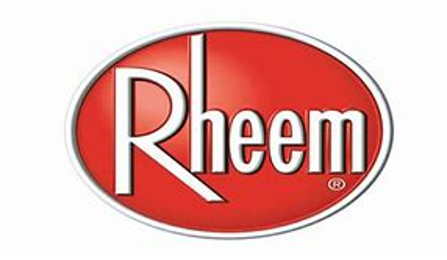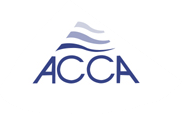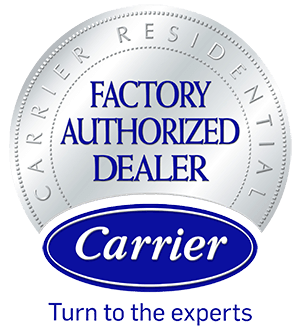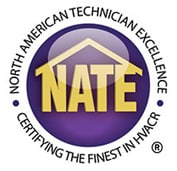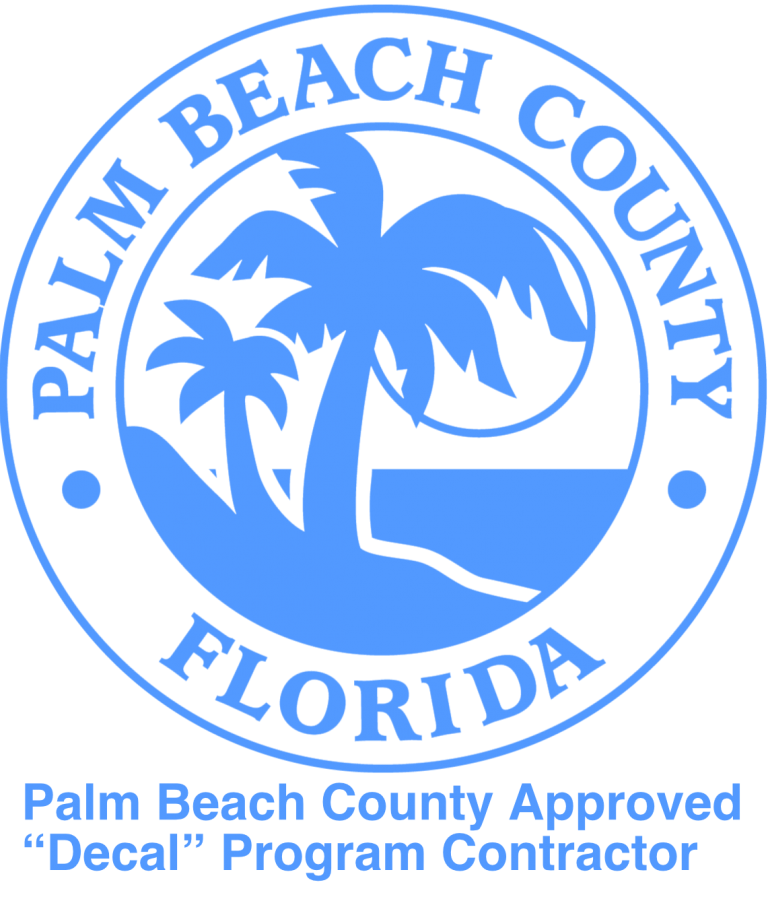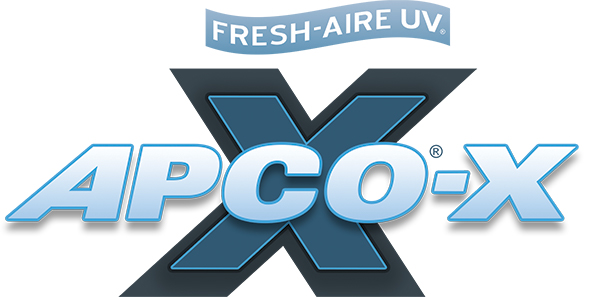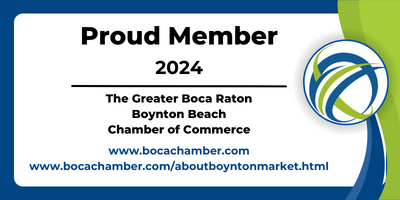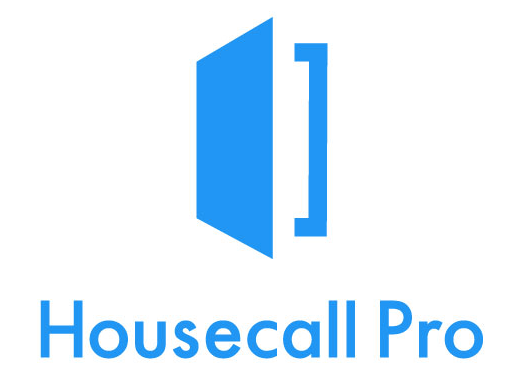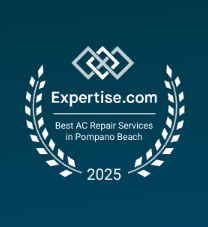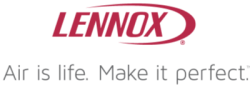Key Takeaways
-
Inconsistent cooling performance, unusual noises, and frequent repairs are strong signs your AC unit may need replacement rather than repair. Look out for these red flags to keep costs and discomfort from rising through the roof.
-
Frequent high energy bills and a home that never seems comfortable are common signs of an inefficient system. It might be time to think about purchasing an energy-efficient unit to save on utility bills and get better all-around cooling and comfort.
-
The age of an AC unit is a major factor. The average lifespan for most systems is 10-15 years. If your unit is nearing or surpassing this range, replacing it with a modern system can enhance reliability and efficiency.
-
Severe problems such as refrigerant leaks or compressor failure, or persistent musty smells are signs of more serious issues. These are good candidates for replacement instead.
-
Long-term maintenance costs and limited parts availability on older models make replacements more practical, especially when newer systems offer advanced technology and lower upkeep.
-
Getting a professional, in-home AC evaluation and multiple installer quotes will lead to clear next steps for repair vs. replacement. Rely on the expertise of industry professionals and the repair vs replace ac diagnostic report to make an informed decision.
There are some simple, obvious indicators. If your system is over 10-15 years old, struggles to cool your home efficiently, or needs frequent repairs, it might be time to consider a replacement.
Rising energy bills and uneven cooling are indicators that your unit could be nearing the end of its lifespan. When repairs will exceed 50% of the cost of a new unit, replacement is usually the better option.
Replacing it with a new, more efficient system can significantly increase comfort and decrease energy expenses.
Home air conditioning replacement vs repair. In this guide, we’ll go over these signs in-depth so you can make the best call for your home.
Key Indicators for AC Replacement
Choosing between repairing and replacing your air conditioning system takes a close look at some important indicators. A poorly performing system reduces comfort but frequently incurs more expense. Getting to know these key indicators can help steer you toward the best outcome.
1. Inconsistent Cooling Performance
Uneven or inadequate cooling is one surefire sign that your AC should be replaced. If some areas of your home remain warm while others cool adequately, this imbalance could mean the system is struggling.
Trouble achieving or holding specific setpoints on hot summer afternoons usually indicates a drop in performance. Weak air flow from vents or short cycling—when the system turns on and off at consistent short intervals—are signs this could be a sign of deeper mechanical problems.
2. Unusual Noises During Operation
If abnormal noises are emitted during AC operation, this may indicate inner wear or damage. Banging or rattling usually means some parts are loose, while squealing may suggest issues with the fan motor or compressor.
Grinding noises are usually a sign that internal components like bearings might be severely worn. These noises are more than annoying—they’re an alarm for failure.
3. Noticeable Increase in Energy Bills

An unexplained spike in your energy bill is another red flag. When heating and cooling represent nearly 50% of a household’s energy expenses, just a few percent of increased inefficiency can have costs that add up fast.
Use replacement bills as an opportunity to compare with old bills or think about switching to newer, more energy-efficient models to reduce costs.
4. Frequent Repair Needs
Constant repair efforts eat up valuable time and money. Replacement is more feasible when costs approach 50% of a new system’s cost.
As systems age, the solutions needed are increasingly complicated and expensive to implement.
5. Unit Age Exceeds Expected Lifespan
Most AC systems only last 10–15 years. They’re all harder to maintain and less efficient.
Older units are less efficient by design, and they fail more often. Replacing them with today’s newer models gets us more reliable service at lower energy costs.
6. Presence of Strange Odors
Odors such as mold, burning, or chemicals indicate damage on the inside. These issues have the potential to impact air quality and safety, making replacement an easy tactical win.
7. Thermostat Inaccuracy
Faulty thermostats poorly regulate temperature as well. Further, upgrading to smart systems provides improved control and efficiency, leading to increased climate comfort in the home.
Assess Repair vs. Replacement Costs
When deciding whether to repair or replace your home air conditioning unit, it’s crucial to weigh the financial and functional aspects. Thinking about the big picture costs, dependability, and long term energy savings will set you up to make an educated choice.
Evaluate Repair Expenses
Start by figuring out the total repair costs for the last several years. For instance, if repairs average $900 annually for a 10-year-old unit, the cumulative cost reaches $9,000, making replacement more practical.
Now compare these numbers to the quote for a brand new, energy-efficient system. The average repair cost in the U.S. Is between $170 and $641. If your unit is older than 10 years and continues to be in need of repair, then use the “$5,000 rule” as your rule of thumb.
Then, multiply the repair cost by the unit’s age. If the outcome exceeds $5,000, replacing the unit is generally the more financially sound decision.
Consider Long-Term Energy Savings
Upgrading to a modern AC unit reduces cooling costs by 20-40%. Consider SEER ratings (Seasonal Energy Efficiency Ratio), as the higher the ratings, the less energy needed to operate.
These savings help cover the cost of the initial investment, and lower utility bills contribute to recouping the cost. For homes with older systems exceeding 10 years, switching to an efficient model ensures lower maintenance needs and consistent performance.
Factor in Potential Rebates/Incentives
Ask about local or federal rebates and tax credits available for energy-efficient upgrades. Add in manufacturer promotions to cut costs even more, and replacement can be a much more affordable option.
These incentives can extend your dollars a long way and increase the value of the new unit created.
Calculate the ROI of a New System
Assess ROI by comparing energy savings to the cost of a new system. Enhanced property value, fewer repairs, and improved comfort all contribute to long-term benefits.
A simple calculation of savings versus investment helps clarify the financial advantage.
Factors Affecting AC Lifespan
Learning what affects your AC system’s lifespan allows you to better decide when to pay for repair costs, or when to purchase a new unit. Climate factors and maintenance practices are two factors that impact how well your system operates. Each one has an impact on how long your unit can run dependably.
Climate and Usage Patterns
Living in a warmer climate with extreme weather can seriously shorten your AC career. Units located in regions that endure extreme summer heat are subjected to additional strain. This becomes particularly catastrophic when high humidity increases internal wear at an accelerated pace.
Coastal homes that are regularly exposed to salty air can experience more rapid corrosion, reducing system life without adequate protection. Running their unit all day long in July, the height of summer AC demand, requires significant stress on the unit.
This issue is compounded if your system is undersized. Units that are too large can short cycle, turning on and off too often, causing excessive wear on components. Adjusting settings to match your climate, like slightly higher thermostat settings in summer, reduces wear while maintaining comfort.
Thermostat Management
Smart thermostats provide granular control, allowing you to optimize energy use and extend the life of your equipment. Regular inspections help make sure the system is running as it should, avoiding unnecessary overuse or underuse.
For instance, setting a lower programming only during unoccupied hours reduces wear and tear without cause. Teaching every member of the household how to use it will eliminate rookie misuse errors, such as setting overly cold settings that overwork the AC.
Unit Placement and Airflow
Correct placement plays a big role in improving performance. Outdoor units require clear space all around the unit for proper airflow, including no vegetation or debris.
Ductwork blockage or vents located unevenly make the system less efficient and cause the system to work harder.
Importance of Regular Maintenance
Simple, routine maintenance like regularly changing filters and cleaning coils help keep systems running efficiently. Documenting these checks identifies recurring issues, ensuring timely repairs.
Impact of Air Quality
Crummy indoor air quality makes systems work harder. Upgrading with advanced filtration takes a ripple effect farther, adding benefits of enhanced air quality and increased system longevity.
Operational Issues Suggesting Replacement
When your air conditioner begins to falter, knowing whether to repair or replace it can save time, money, and frustration. Here are a few key operational issues you should explore to ensure you’re making an informed decision.
Recurring Breakdowns
Frequent and inconvenient breakdowns are a major sign that your unit may need replacing. If you’ve needed repairs three or four times within a few months, it’s worth evaluating whether continued fixes are cost-effective.
Keeping a repair history can bring to light trends of unreliability, especially in models older than a decade. When these repair costs start to reach the point of half of the value of that unit, frequently replacement just makes the most sense.
A replacement system will bring top-tier reliability along with all the performance improvements that will provide peace of mind.
Compressor Problems
The compressor is arguably the most important AC component, and when it goes it usually means big problems for the rest of the system. For instance, overheating or abnormal sounds may be signs of pending failure and should be addressed immediately.
Not to mention that replacing a compressor isn’t cheap! For units older than 10 years, putting your money toward a whole new system could be the better bet.
Given that newer units are both more efficient and built to last longer, making the replacement can save money in the long run while providing superior cooling.
Refrigerant Leaks
Refrigerant leaks immediately affect your system’s capacity to cool and can be harmful to your health and the environment. Repairing leaks in the older units is costly and not a long-term solution.
If your system is pushing 15 years old, you could be running at a very inefficient 10-SEER rating. Addressing this problem by upgrading to a new, higher efficiency unit results in lower energy consumption and lower energy bills.
Electrical Component Failures
Electrical issues, like frequently tripped breakers or blown fuses, are often the sign of bigger issues on their own. While older systems might be safety hazards, new units are built with increased safety prevention mechanisms.
A replacement guarantees reliable service and the reassurance that comes with it.
Modern AC Efficiency Justifies Upgrade
It’s often a good time to replace your whole home air conditioning system. The benefits of modern units are substantial enough to justify the upfront investment. Modern systems place more emphasis on providing higher cooling effectiveness.
In addition to improving energy efficiency and reliability, they represent an intelligent investment into long-term savings, comfort, and peace of mind.
SEER Rating Explained
The Seasonal Energy Efficiency Ratio (SEER) is a key indicator of an air conditioner’s efficiency. Increased SEER ratings mean better energy efficiency, which means decreased electricity bills.
A system with a SEER rating of 16 provides superior efficiency. In fact, it can beat models older than it rated under 10 by 30% or more! This level of efficiency saves you a lot every month on your utility bills.
Cross-comparing SEER ratings across different models helps you make informed decisions based on your energy goals and budget.
Benefits of Smart Technology
Newer, high-quality AC systems come equipped with smart technology too, allowing smart capabilities such as programmable thermostats and remote monitoring. These smart technologies help save energy by learning your routine and automatically cooling where and when you need it most.
For example, smart thermostats are able to use energy more efficiently by using less energy during times when you aren’t home, eliminating energy waste entirely.
Remote access lets you monitor and control the system through your smartphone, providing convenience and potential energy savings over time.
Environmental Impact
Newer systems utilize more eco-friendly refrigerants that meet updated regulations to limit the damage caused to the environment. These units reduce carbon footprints by increasing efficiency.
When you decide to upgrade, you’re taking climate action and prioritizing health, with better air quality and more dependable performance.
Long-Term Maintenance Costs
Eventually, the longer a system has existed, the more costly it is to maintain older systems as repair bills start to add up into the billions. Consider the long-term maintenance costs. This will allow you to determine whether replacing your air conditioning unit is a better long-term option than simply continuing to repair it.
High Repair Bills Over Time
Documenting long term maintenance costs is an important first step. If repair bills consistently climb and surpass reasonable limits for your budget, it may signal that replacement is a better choice.
Repair Academic America’s average AC repair cost is $405. Large replacements and thoroughly retrofitting them can be incredibly costly. Changing a condenser costs between $1,350 and $1,800, while an evaporator coil is typically $650 to $1,200.
If these repairs exceed 50% of the price of a new unit, which typically costs between $3,888 and $7,948, upgrading becomes a smarter financial decision. By maintaining historic repair data, you are able to objectively compare total maintenance costs over time with the amount you would invest into a new system.
Diminishing Efficiency
As systems get older, there may be a cooling performance degradation. Signs that it may be an issue are uneven temperatures between spaces, constant running, or lack of airflow.
The lack of efficiency will weight increasing energy bills even heavier on your wallet. Newer models, equipped with the latest technology, use less energy and need fewer repairs.
Although upfront cost is great, the money saved through energy use and maintenance by at least 7-10 years covers the cost.
Parts Availability for Older Models
Older units have little or no availability of replacement parts, increasing repair costs and lead times for repairs. This difficulty renders replacing a crumbling system more difficult than retrofitting into new, streamlined units with readily available parts.
Impact on Home Comfort
That’s because a well-functioning AC system is the key to creating a comfortable and healthful indoor environment. If it begins to fail, do something about it. Determine if repairs are likely to resolve the problem before considering replacement.
Delivering a level of comfort in your temperature, humidity, and air quality is essential for a pleasant living space.
Inconsistent Temperatures
Inconsistent temperatures between rooms is the most obvious sign of an old or ineffective air conditioning unit. When some rooms feel way hotter than others, or the system can’t keep up with balanced temperatures, that means something is off.
Maybe it’s poor ductwork or lack of enough airflow, but something is making you uncomfortable. For example, if your AC is set at 70°F during the summer but some areas remain warmer, this suggests inefficiency.
Repairs may temporarily address these issues, but if they persist or cost over 50% of a new system, replacement is often more practical. Remember too, the average lifespan of an AC unit is 10-15 years.
Humidity Control Issues
As long as the AC unit is reasonably efficient, it will take care of indoor humidity. If you find your home is often clammy or sauna-like, high humidity levels are likely to blame.
This not only makes homes uncomfortable, but can encourage mold and other health issues. A distinct older systems’ issue is effective humidity removal.
Though adding a dedicated dehumidifier can help, upgrading to a modern system delivers a far superior solution.
Air Quality Concerns
Retrofitting with newer units will allow better filtration of allergens and pollutants, providing more control over indoor air quality. By upgrading to a system that offers higher level filtration, air quality dramatically improves.
This leads to better health and home comfort, making it a worthwhile investment for any homeowner.
Professional AC Evaluation
When deciding whether to repair or replace your air conditioner, a professional evaluation offers clarity by addressing the system’s efficiency, lifespan, and potential repair costs. This process helps you make informed decisions that align with your budget and long-term needs.
Schedule an Inspection
Begin by arranging a professional evaluation with a qualified HVAC technician. Put together a checklist so you can make sure every component is checked — ducts, filters, the outdoor compressor.
For instance, a compressor on its way out or a refrigerant leak can escalate into an expensive repair if not addressed in time. Talk about your particular worries—like increasing energy costs even though you’re using the same amount of energy—since that’s a sure sign of a drop in efficiency.
Periodic inspections, preferably once or twice every year, keep the entire system healthy and prolong its service life while detecting any emerging problems early on.
Obtain Multiple Quotes
After the professional inspection, get bids from area HVAC contractors for both repair and replacement solutions. Look at warranties, customer review ratings, and what services are included.
For example, they could provide a no-cost extended warranty, an in-home energy efficiency consultation. Require costs to be detailed in the bids to prevent surprise charges.
Pulling together previously-competitive quotes to negotiate ensures you get the best bang for your buck.
Understand Diagnostic Reports
Work to improve the diagnostic reports that technicians provide. These plans detail any counter claims, such as age-related wear and tear or energy inefficiencies, in great detail.
For instance, if your system is over 15 years old or struggling to cool a 3,000-square-foot home efficiently, replacement might be wise. Clarify and probe to make sure you are clear on the results.
Hold on to these reports to reference later, particularly if you go the repair route.
Best Practices for HVAC Maintenance
Proper HVAC maintenance is one of the best ways to prolong the life of your system and keep it working efficiently. Preventive maintenance prevents about 50% of all unforeseen expensive AC repairs in addition to saving you an average of $180 per year in total repairs.
Here are the most important things you should do and remember to help enjoy an efficient, trouble-free AC.
Regular Filter Changes
Replace air filters regularly. A key part of an HVAC best practice routine is to replace air filters every one to three months. High-quality filters not only enhance indoor air quality, they can protect performance enhancing arguably their best quality.
Inspect the filter regularly, especially during high use seasons to detect dirt accumulation early. Motivating caretakers by teaching everyone in the home about the important role clean filters play can go a long way toward creating good monthly habits.
When your filter gets clogged, your AC has to work a lot harder, which makes it less efficient and more costly to operate.
Condensate Drain Cleaning
Or, the problem may be a clogged condensate drain, which can cause water damage and make the system inoperable. Inspect your AC drain line periodically for any visible algae or mold.
If you see any mold or dirt, remove them with vinegar or a commercial cleaner. A clear drain will allow proper removal of moisture and help prevent costly repairs.
For instance, a busted line might cause water to leak and ruin ceilings or floors.
Clearing Outdoor Unit Obstructions
Outdoor units need a truly unobstructed space to operate as efficiently and effectively as possible. Remove any surrounding debris, cut back all plants, and keep at least a 2-foot clearance around the unit.
Even a minor buildup or obstruction can lead to overheating, which decreases efficiency and can result in a complete system breakdown. Maintenance failures can occur if fallen leaves or overgrown bushes are blocking airflow, causing the unit to work harder to push air through.
Professional Servicing Schedule
Annual tune-ups from HVAC professionals are key. Schedule seasonal check-ups to help make sure your system is ready when extreme temperatures arrive.
Maintain a history of all system inspections to ensure a level of quality assurance and overall system health. Professionals will be able to identify problems before they become a costly repair and prolong your AC’s natural lifespan.
Conclusion
Knowing when to replace and not repair your home AC is an important decision to make. With the right information at hand, you can approach this decision with confidence and ease. Look out for warning signs such as frequent breakdowns, soaring energy costs, or diminishing cooling power. These signs can help point you in the right direction. Taking a long view on costs and comparing the advantages of newer, more energy-efficient models can further streamline the decision-making process. New systems provide better comfort and save significantly more money in the long run. By partnering with a trusted professional, you get empowered with a better idea of your choices. Refer to this guidance to ensure you make the best choice for your home. Don’t get caught scrambling in the middle of a heat wave—being proactive protects your family’s comfort and your wallet. Get out ahead and start planning your next step.
Frequently Asked Questions
How do I know if I should replace my AC instead of repairing it?
Is your home air conditioner more than 10-15 years old? When it’s doing constant repairs or making your energy bills soar, consider a replacement. Replacing with a new system is the best way to save money on energy and repair costs.
What are the key signs that my AC needs to be replaced?
Signs might include warm spots, weird sounds, too many repairs, or increasing utility costs. As a rule of thumb, if repairs exceed 50% of a new unit’s cost, replacement is the preferred solution.
How do I compare repair vs. replacement costs?
Total up repair costs and weigh them against the cost of a new unit. If repairs would cost more than 50% of replacing the AC, getting a new AC will save you money in the long run.
How long does a typical home AC last?
Home AC systems typically have a lifespan of around 10-15 years. Though regular maintenance and proper usage can improve longevity, older units generally have a decline in efficiency and need replacing.
Can a modern AC unit lower energy bills?
Yes, modern AC systems are much more energy-efficient. With a more efficient unit, you’ll see concrete savings in your monthly energy bills as well as improved comfort levels inside your home.
How does a failing AC affect home comfort?
Not only will a failing AC lead to uncomfortable, uneven cooling but you may notice stagnant air, musty odors, and increased humidity. In turn, that will keep your home more evenly comfortable with superior air circulation.
Should I consult a professional before replacing my AC?
For sure, no doubt, yes indeed, heck yes. An experienced pro can evaluate your home and your system and recommend the best replacement and make sure it’s installed correctly. This helps to avoid expensive missteps while making sure your AC runs its very best.




